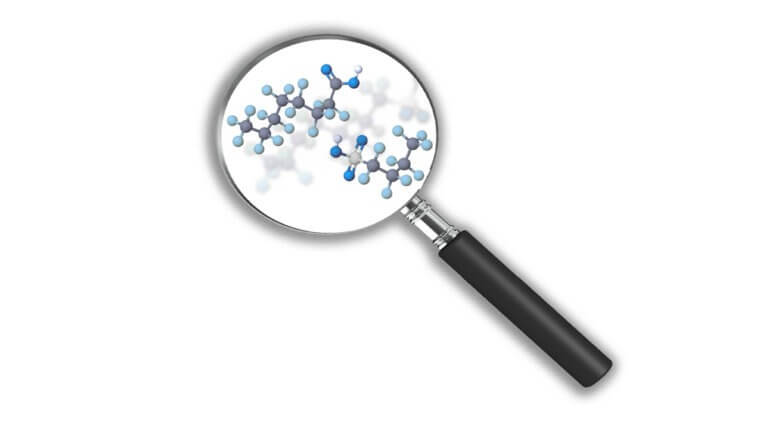
PFAS analytical needs – how can we help?
Per- and polyfluoroalkyl substances (PFAS) is a topic that fills most conference agendas these days. US EPA is on a path to regulate PFOS and PFOA (two out of the thousands of PFAS compounds) in the upcoming cycle under the fourth contaminant candidate list (CCL4). Lack of analytical methods for matrices other than drinking water allows for varying quality assurance/quality control (QA/QC) protocols by laboratories. Laboratories have modified methods to handle matrices other than drinking water (US EPA Method 533). Analytical standards are unavailable for most of the PFAS compounds outlined in the recently promulgated Toxic Release Inventory (TRI) reporting requirements (inventory data reporting for year 2020 by July 1, 2021) for a list of 172 PFAS compounds.
Data collection for samples is of utmost importance. If the correct set of data is not collected, one will be left with a lot of “Gotchas” and be wondering where these compounds come from in future investigations. Getting the most out of your laboratory analysis will save you from future investigations and headaches trying to account for compounds which were not detected in the initial characterization. Whether it is for routine PFAS analysis or forensics for future investigations or litigation, our experts at Environmental Standards can tailor analyses and capture of baseline data set, by engaging with the laboratories that offer PFAS analyses. For forensics, we can analyze the raw instrument data files utilizing proprietary software and provide interpretation.


